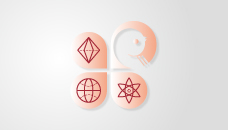Search by keywords or author
- Nano-Micro Letters
- Vol. 16, Issue 1, 068 (2024)
References

Mengyao Pan, Huijuan Shao, Yue Fan, Jinlong Yang, Jiaxin Liu, Zhongqian Deng, Zhenda Liu, Zhidi Chen, Jun Zhang, Kangfeng Yi, Yucai Su, Dehui Wang, Xu Deng, Fei Deng. Superhydrophobic Surface-Assisted Preparation of Microspheres and Supraparticles and Their Applications[J]. Nano-Micro Letters, 2024, 16(1): 068
Download Citation
Set citation alerts for the article
Please enter your email address



